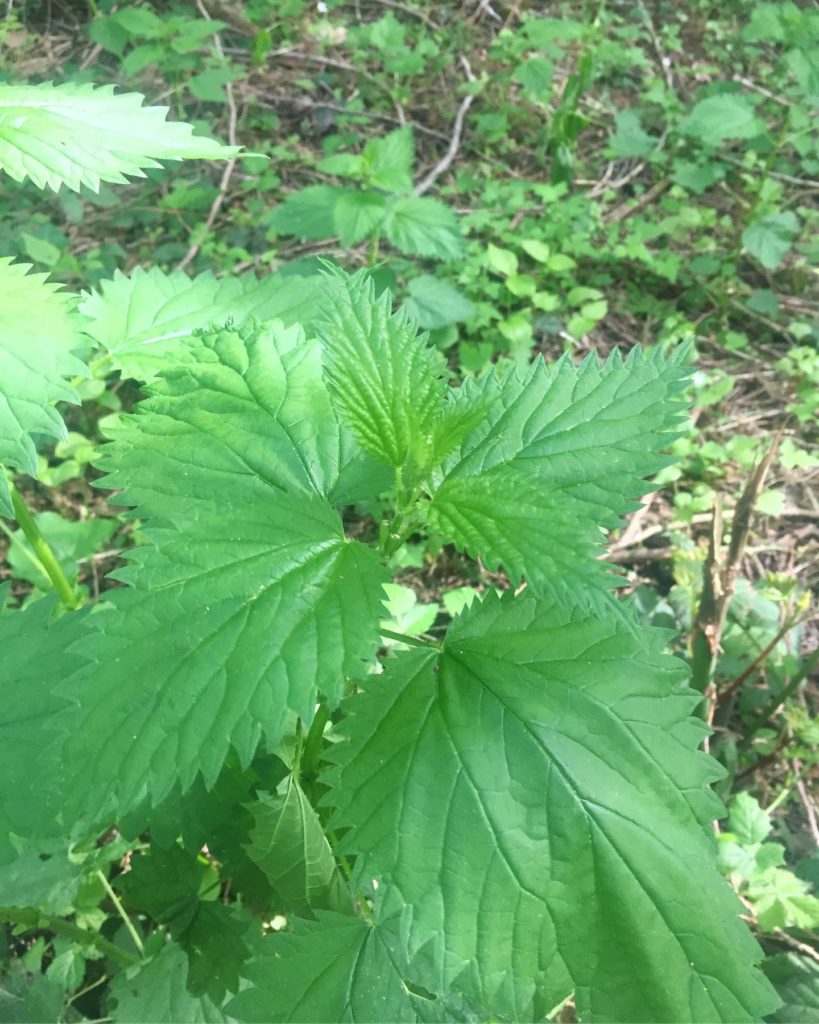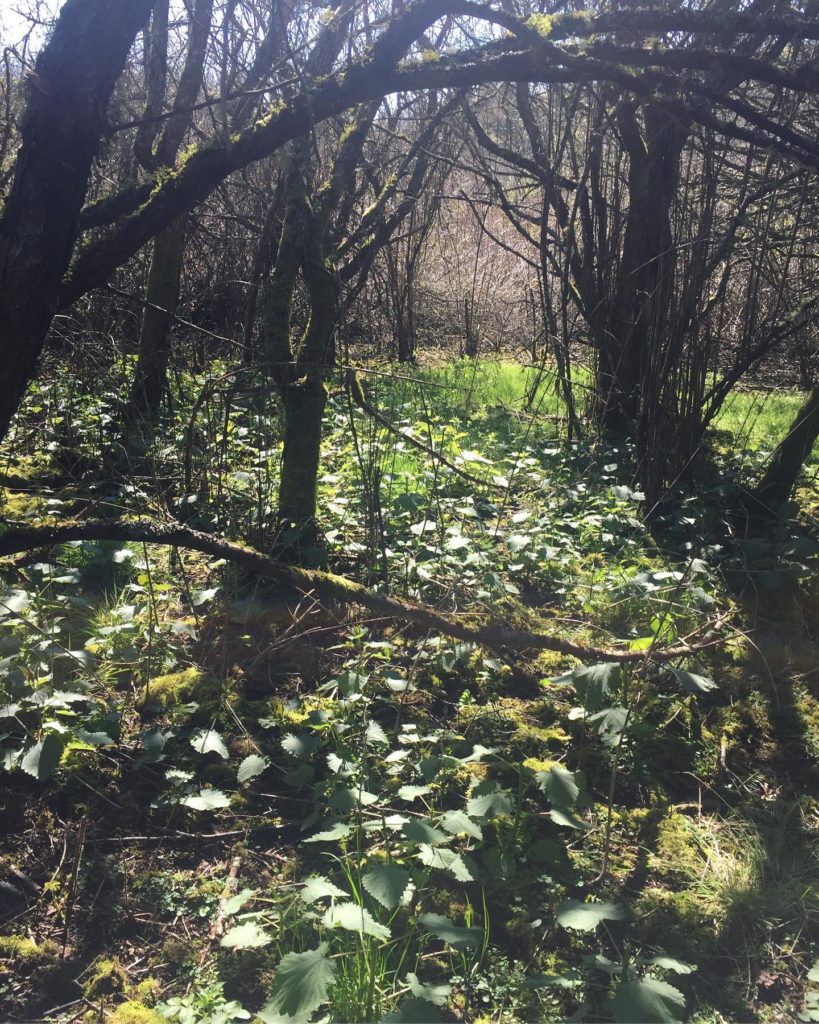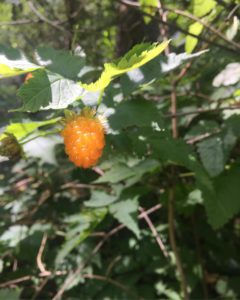As I dive deeper into the plant world, I am amazed at the way plants provide what we need in different seasons. Stinging nettle, one of the first plants to emerge in spring, is a perfect example of this. Its stinging sensation, the most obvious of its traits, is a great indication of how it helps us get things moving as we transition from the stagnancy of winter. It is a lovely anti-histamine and a spring cleansing tonic.
Some people go straight for the gold by stinging themselves with nettle in a practice called urtification. This process has been used for thousands of years – Ancient Egyptians treated arthritis and lumbago with it, Roman troops used it for warmth, and it is also a traditional folk remedy for rheumatism, paralysis, poor circulation, lethargy, and anemia. The sting of nettle comes from hairs up to 70mm long along the stems and undersides of leaves, which secrete venom upon contact. This action creates a local analgesic affect by blocking sensory nerves from carrying pain signals from the area, distracting the body from deeper pain. Urtification also stimulates circulation and is used to help with arthritis, tendonitis, bursitis, fibromyalgia, rheumatism, and muscular paralysis.
If you would rather not go straight in for the sting, nettle leaves are a delicious and nutritious addition to your diet. Dried nettle leaf contains 24% protein. It is rich in vitamins and minerals such as vitamins A, C, and K, B vitamins, iron, calcium, magnesium, phosphorous, and potassium, though exact vitamin and mineral content fluctuates seasonally and regionally. It also contains all the essential amino acids, quercetin, and is chlorophyll-rich. These amazing constituents make nettle a wonderful spring tonic to nurture your body and support cleansing. Its actions are anti-inflammatory, anti-histamine, astringent, and diuretic. Fresh nettle leaf can be added to smoothies, soups, stir fries, or any dish that you would use cooked greens in. They lose their sting when blanched, cooked, dried, pureed, or juiced. I recently made a big batch of pesto (subbing half of the basil for nettle), but I also love it sautéed with garlic. Dried nettle makes a great tea too.




